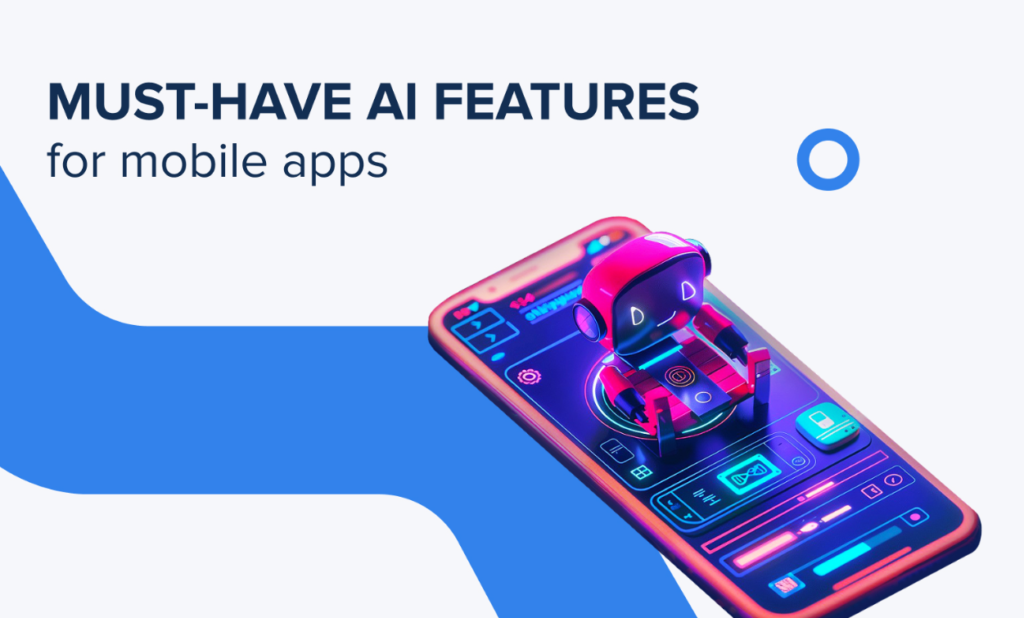How can a modern mobile app backend optimize your project?

How does a strong backend improve the UX beyond just functionality?
Mobile app backend development keeps everything running smoothly in a few ways:
- fast page loading;
- stable data synchronization;
- real-time updates without interruptions.
These elements are key to building user loyalty and boosting satisfaction. A well-built backend ensures the app feels reliable, fast, and user-friendly. Ultimately, the backend is the foundation of the app: its performance, features, and ease of use are all shaped by how it’s designed and implemented. Without a strong backend, even the best app design can fall short.
What are the key points for selecting the right backend technologies?
The common question from businesses today is “How to build a backend for a mobile app?” Start with choosing the right technologies. Here are the key points to help you choose them for building a strong backend system:
- Scalability: Your backend should handle growing workloads as your business scales. Make sure it’s built to grow with you.
- Performance: Choose technologies that enable fast processing of user requests and smooth app performance overall.
- Security: Protecting user data and defending against attacks is crucial. Pick technologies that ensure strong security for your app.
- Compatibility: Make sure the chosen tech can easily integrate with your current systems or any other technologies you plan to use.
- Flexibility: The backend tech should be adaptable to future changes and evolving business needs.
How does a modular backend boost maintainability and scalability?
A modular backend boosts support and scalability by allowing you to update individual parts of the system without impacting the whole.
It works by breaking the system into independent modules, each handling a specific function. The big advantage? You can update or tweak each module without changing the entire system.
How does this help? It makes finding and fixing bugs easier, helps you adapt to new requirements quickly, and lets you scale specific parts of the system as needed. This approach really improves the app’s efficiency and performance over time for the business.
How can you implement the best backend security practices?
Start by encrypting your data to protect users’ personal info from unauthorized access. This is something users really appreciate in mobile apps today. Also, make sure to update your software regularly to avoid potential vulnerabilities.
Using multi-factor authentication is key to boosting the security of user accounts. For API protection – use access keys and other reliable authentication methods. Don’t forget to run regular security audits to catch threats early. It’s way easier to fix issues as you spot them than to overhaul the entire system later.
Lastly, access to sensitive data should be limited to authorized users only. This minimizes risks and ensures your backend system stays secure.
How can real-time data be implemented in the backend to improve UX?
Real-time data can be implemented in the backend application using WebSockets or event servers (Event-driven architecture). These technologies allow for processing information in real-time, so users instantly receive updates in the app without having to reload the page or make repeated requests.
For example, this works great for delivery apps to track parcels or online stores. Users get the latest info about their order status, new chat messages, or price changes.
This makes the app experience more dynamic and interactive, reduces wait times, and boosts user satisfaction. All positives, so go ahead and implement it.
What are the benefits of serverless computing for mobile app backends?
Here’s a quick list of the main benefits of serverless computing for mobile apps that you should keep in mind before using it for your project:
- Save time and resources: No need to manage servers, so you can focus on building the app.
- Scalability: The system automatically scales as the load increases, with no extra configuration needed.
- Pay-per-use: You only pay for what you actually use, not for keeping servers running all the time, saving resources for other projects.
- Quick launch: Without the need to set up servers, you can implement new features and launch new products faster. It’s a huge plus here.
How do A/B testing & analytics optimize backend app performance?
Optimizing your mobile app’s backend with A/B testing and analytics gives you some great opportunities:
- A/B testing lets you try out different versions of features or interfaces to see which one users prefer.
- Analytics helps you see how users interact with your app, showing you which features slow things down and which ones run smoothly, so you can tweak the backend for better performance.
- By using these insights, you can fine-tune servers, databases, and other parts of the system for faster, more efficient operation.
Conclusions
The backend is the powerhouse of your mobile app. Use the latest tech, apply smart strategies, and always keep your app’s purpose and users’ needs at the forefront. If you lay the groundwork right from the start, your backend will set you up for building a strong, effective app.




